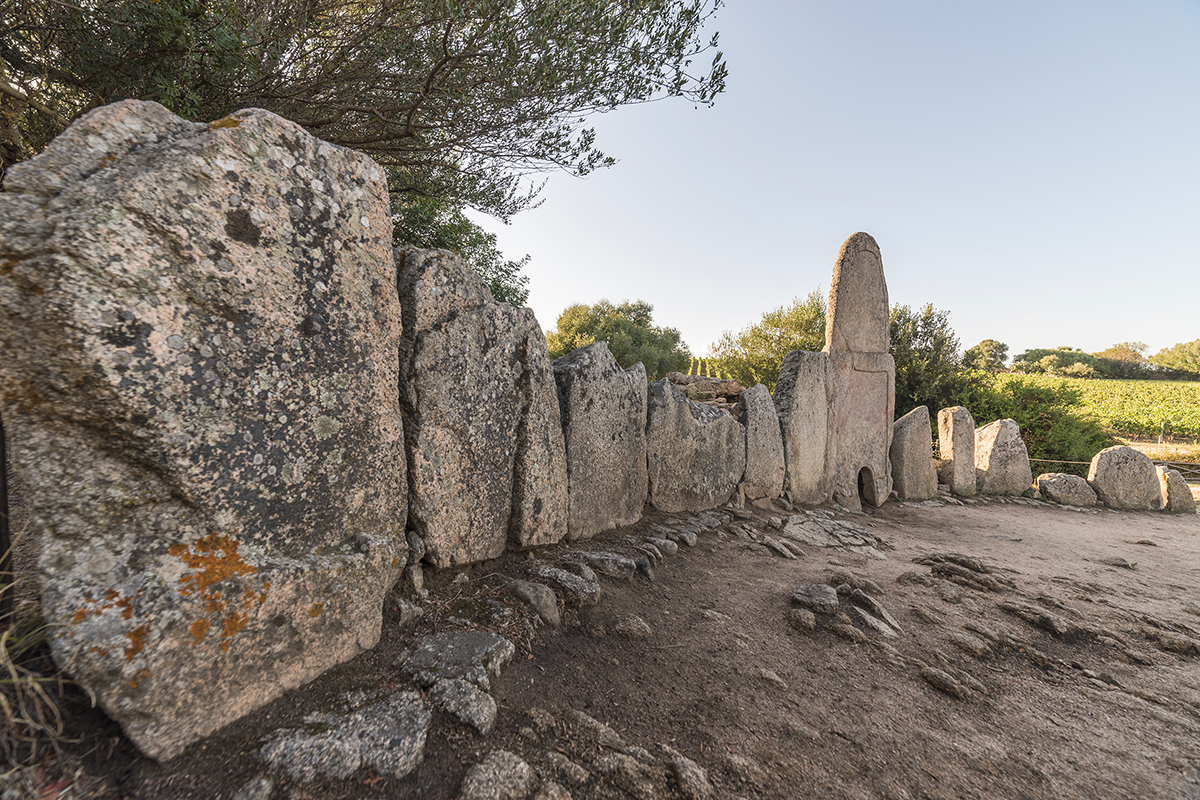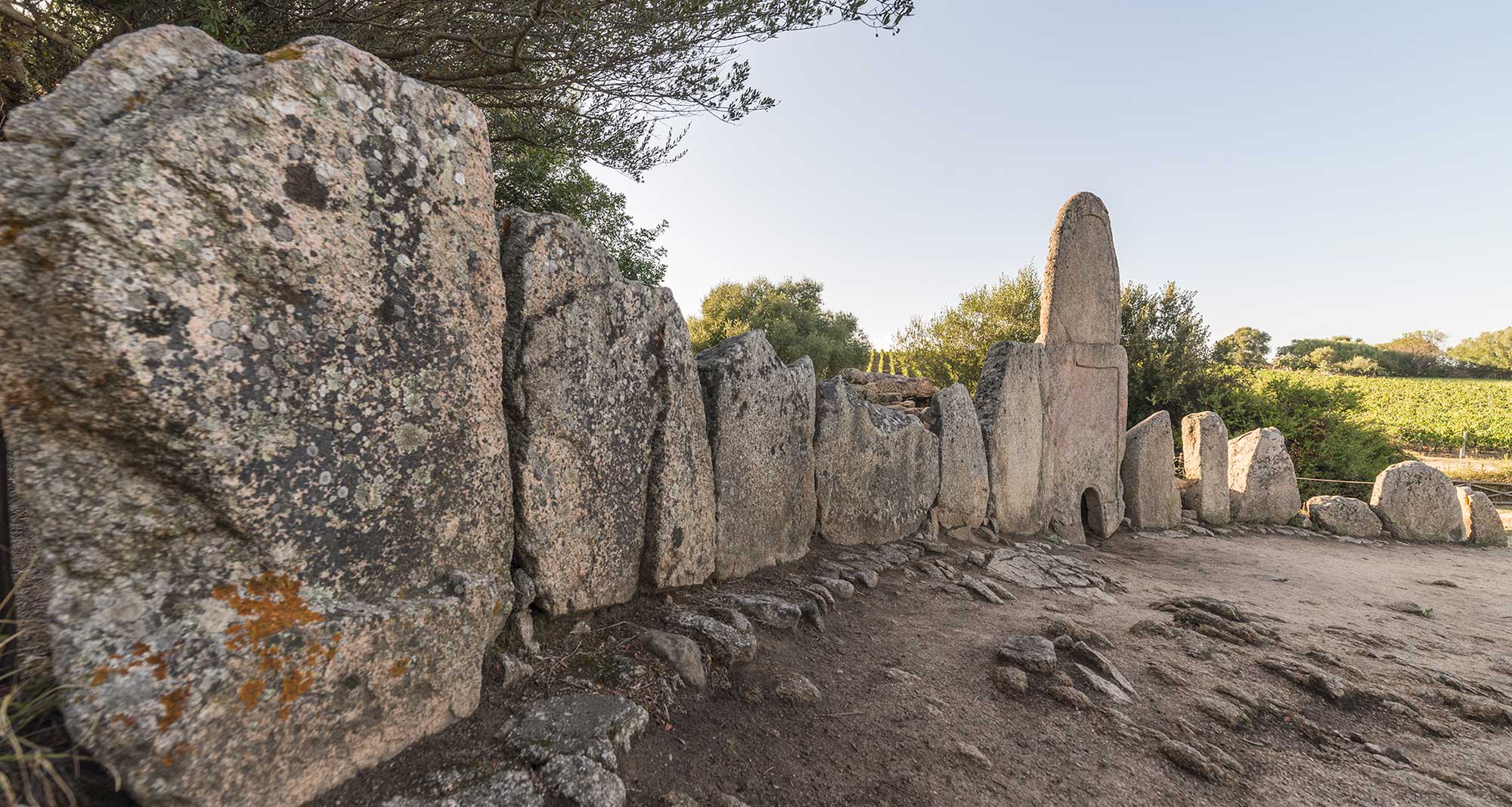15 attrazioni turistiche più votate in Sardegna | SW6D
Perhaps the only thing you’ve heard of Sardinia is its fabulous Costa Smeralda, Costa Smeralda, which takes its name from the color of the water that laps its white sand beaches. But there’s so much more to the rugged Mediterranean island than this sybaritic jet set paradise. Tourists seeing Sardinia for the first time are surprised to find that an island so famous for its exceptional beaches can be so rugged and mountainous just a few kilometers from the wave-lapped sands. The other thing that might surprise you is the staggering number of prehistoric sites, especially the enigmatic round stone towers known as nuraghi (singular: nuraghe). You will learn about the mysteries these prehistoric fortresses / dwellings hide as you climb their dark stone stairs and explore the passages built in the Bronze and Iron Ages. You can also walk the original Roman roads and visit the windswept ruins of the cities built by the Phoenicians. Unique local customs and traditional festivals, attractions you won’t find elsewhere, a cuisine that is quite distinct from the rest of Italy, even a different language (although everyone speaks Italian and many speak English) make Sardinia a one of a kind gentle destination. Discover the best things to do on this fascinating island with our list of Sardinia’s top attractions. Most tourists begin their visit in the capital of the island of Cagliari, stopping at least to go up from Piazza della Costituzione to Bastione San Remy. Built to defend the Castello district, home to the beautiful cathedral and stronghold of whoever controlled the city at the time, today they offer both a historical and visual perspective, with sweeping views over the city and bay. The southern coast of the island offers tourists a glimpse of the infinite variety of Sardinia. From the medieval streets and high ramparts of Cagliari, it is only a few kilometers to the ruins of the ancient city of Nora, where Phoenicians, Carthaginians and Romans had their trading offices. Head east of the city and within minutes you can sunbathe on one of the fabulous beaches that make Sardinia one of Europe’s favorite summer playgrounds. Within easy reach of Cagliari and the airport, and close to the archaeological site of Nora, Forte Village Resort is a self-contained group of hotels overlooking the beach, with water sports, swimming pools, playgrounds and other recreational facilities. Forte Village is one of the best hotels and resorts in Sardinia. Remains of literally thousands of these stone towers scatter throughout Sardinia, most in complete ruin, but this is the best preserved and most complete. It is also the closest to Cagliari, and the most interpreted, with 30-minute tours and English-speaking guides. If you can only see one, see this one, which UNESCO has cited as one of the best restorations anywhere in the Mediterranean. The timber found in the walls of the central tower was carbon dated to 1500 BC. and the external towers were built in the 11th or 12th century BC. You can go inside the tower, climbing up to its top for a close-up view of the stacked dome made of mortar-free dry stone. The spiral staircases within its 1.8 meter walls connect the three stories and as you ascend through the passages, you can appreciate the finesse of engineering and workmanship these prehistoric people have achieved. After exploring the towers and foundations of the ancient village that surrounds it, be sure to stop at the Casa Zapata Museum, in the village, where, along with other fascinating finds, you can see another nuraghe that has been excavated under the building. Here, you get an overhead view of the building from a walkway above the walls. From the port city of Olbia to the tip of Capo de Testa, some of the most beautiful beaches in the world are set in steep coves bathed by a sea so green and clear that it is known to the world as the Costa Smeralda, the Costa Smeralda. The comparison to one of the more expensive jewels could also apply to the clientele who have frequented the coast since it was developed by the Aga Khan in the 1960s into a series of resorts for the rich. The holiday “villages" are built to resemble the Greek islands and the coast. The center of it all is Porto Cervo, a tourist village and marina for private yachts built in the 1960s. Aside from people-watching, its only draw for those who haven’t booked a resort is MdM, a hip modern art museum with changing exhibits and a terrace café overlooking Porto Cervo. The most modest tourist resort in the region


